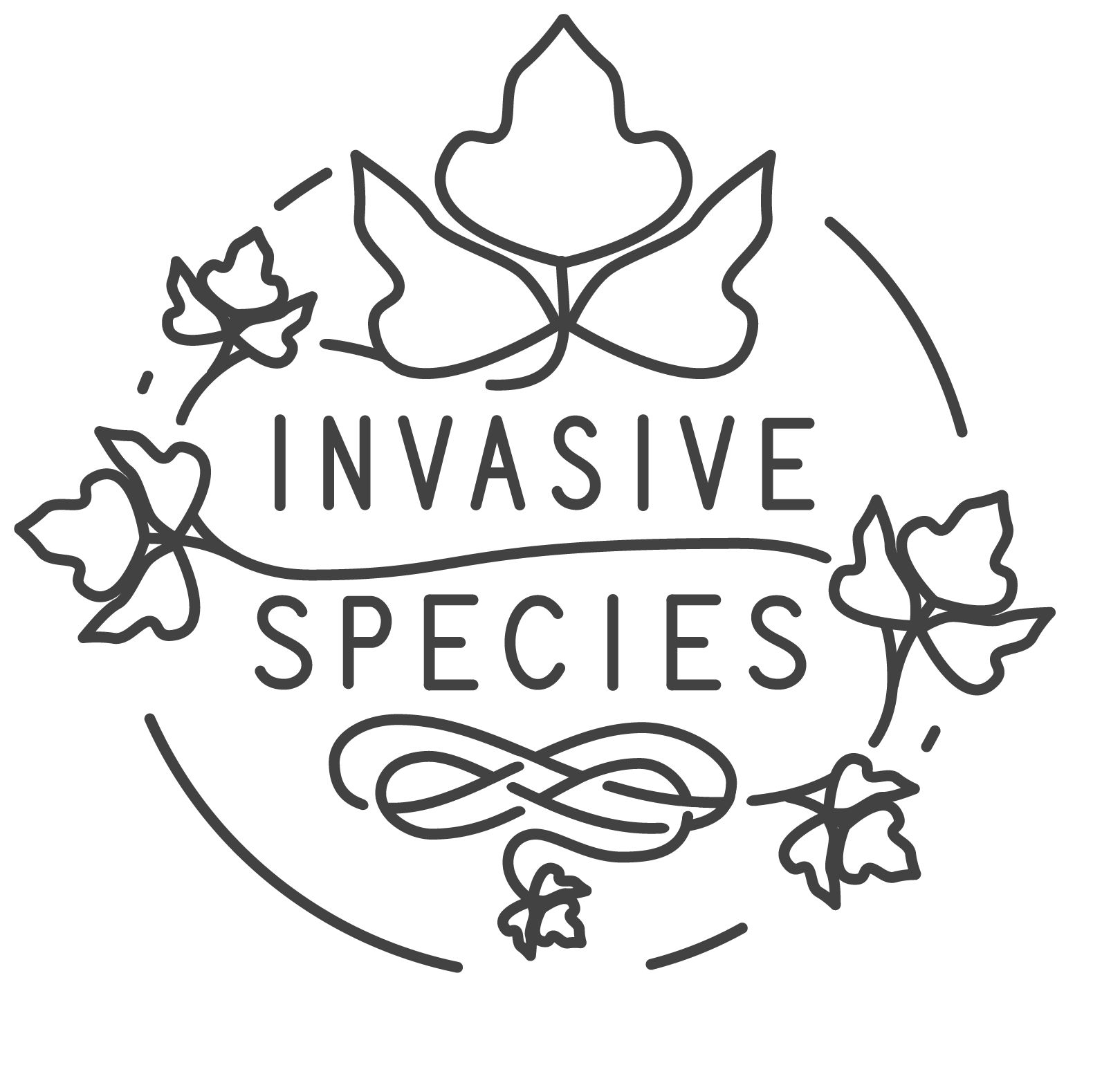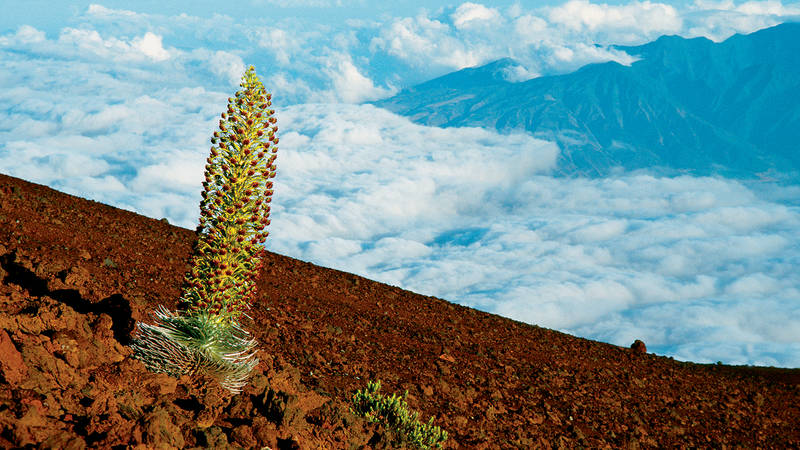Climate Impact
Invasive Species

According to folklore, Polynesian gods once faced off near the top of a dormant volcano on the island of Maui to gain control over the sun — a battle that resulted in the long, bright days that visitors at Haleakalā National Park now enjoy. The summit of this volcano, with its dramatic 2-mile-wide crater, is the heart of the park experience, known for its spectacular sunrises and sunsets. Visitors can also hike among the park’s colorful rocks and cinders and enjoy waterfalls and ocean views along the coast. This culturally and biologically rich landscape, where Native Hawaiians have lived for hundreds of years, is home to a variety of plants and animals that live nowhere else on Earth, including more than 100 that are listed under the Endangered Species Act — the most of any national park in the country.
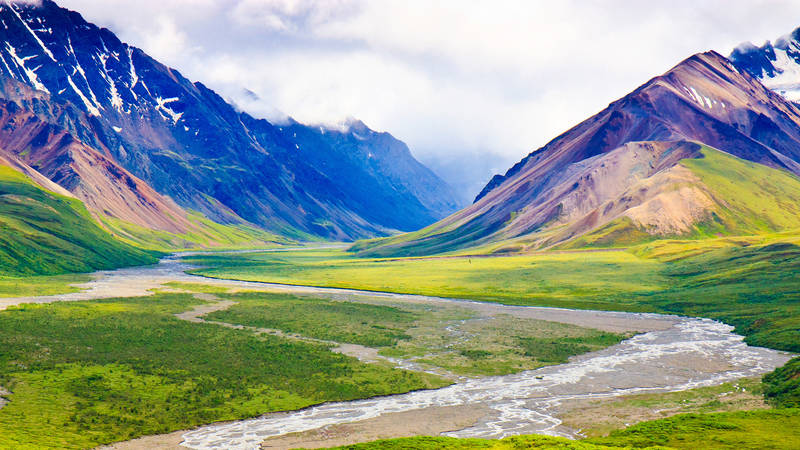
How the Climate Crisis Is Affecting National Parks
Climate change is the greatest threat the national parks have ever faced. Nearly everything we know and love about the parks — their plants and animals, rivers and lakes, glaciers,…
See more ›Humans have introduced a variety of species to the Hawaiian Islands, however, including cats, goats, mongooses, mosquitoes and rats, and the state is now home to more than 400 kinds of non-native plants. These species bring new diseases, such as avian malaria and pox, and crowd out other living things — less than half of Hawaii’s landscape is now dominated by native plants. The climate crisis weakens ecosystems, making it easier for invasive species to take hold, worsening the effects on native plants and animals. Non-native animals had already preyed on the ‘ākohekohe, a small, critically endangered bird with colorful plumage, also known as the crested honeycreeper. According to the National Park Service, warmer conditions allow avian disease-carrying mosquitoes to survive at higher elevations. This forces native birds to migrate even higher or face extinction. As the climate changes, these and other habitats are no longer certain refuges. The ‘ākohekohe is now the most range-restricted bird on Maui, and as of 2016, fewer than 2,400 are known to exist. The upward spread of invasive mosquitos will exacerbate its struggle to survive.
Hawaii makes up less than 1 percent of the country’s total area, but it is home to more than 30 percent of the federally listed threatened and endangered species in the United States. Because Haleakalā’s species evolved in an island ecosystem with few competitors, new threats can have devastating effects on the survival of these native species.
If we start seeing buffelgrass come through and we have larger fires, really you can start calling us Buffelgrass National Park. The cacti are not going to survive that.
Cross-Cutting Impacts
According to Elaine Leslie, former chief of the NPS Biological Resource Management Division and author of a 2019 study on invasive species, “Nationally and internationally, the world is losing native biodiversity at an alarming rate. Threats from invasive species play a critical part in this loss.”
Examples of this loss exist throughout the park system. The hemlock woolly adelgid has infested trees at Shenandoah National Park and the Blue Ridge Parkway, killing healthy trees within three to 10 years and reducing the shade-giving properties that protect other species from rising temperatures. At Saguaro National Park, buffelgrass competes with nearly all the park’s native vegetation, including its namesake cactus. At Everglades National Park, invasive Burmese pythons have caused dramatic declines in native mammals such as raccoons and opossums.
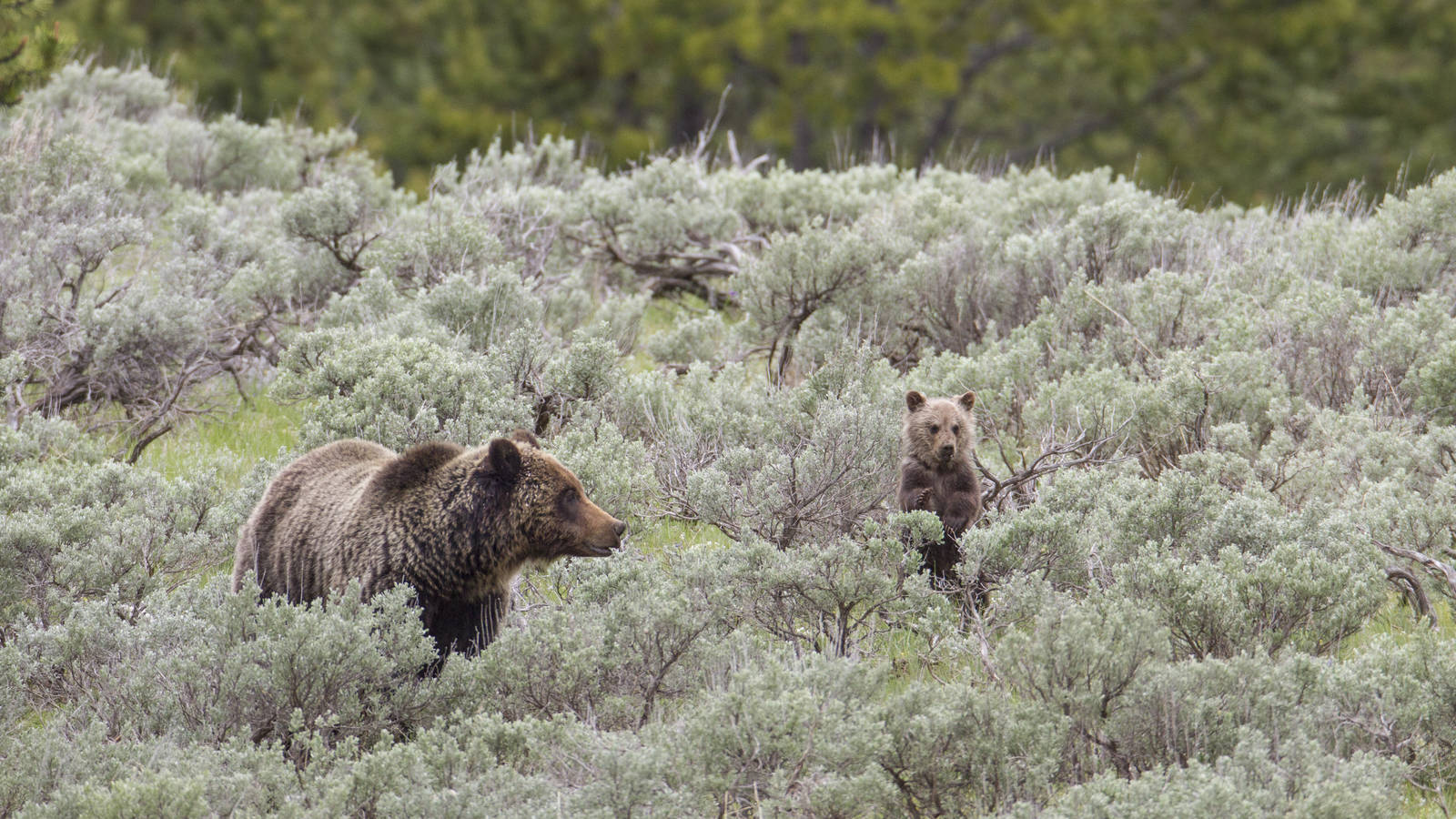
Climate Impact
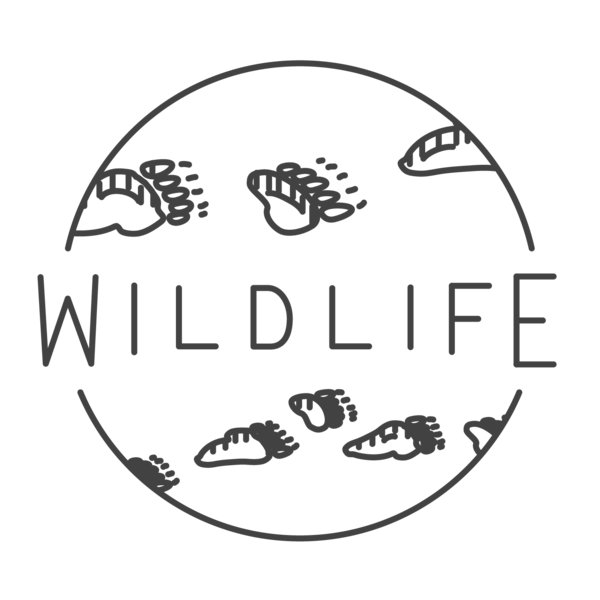
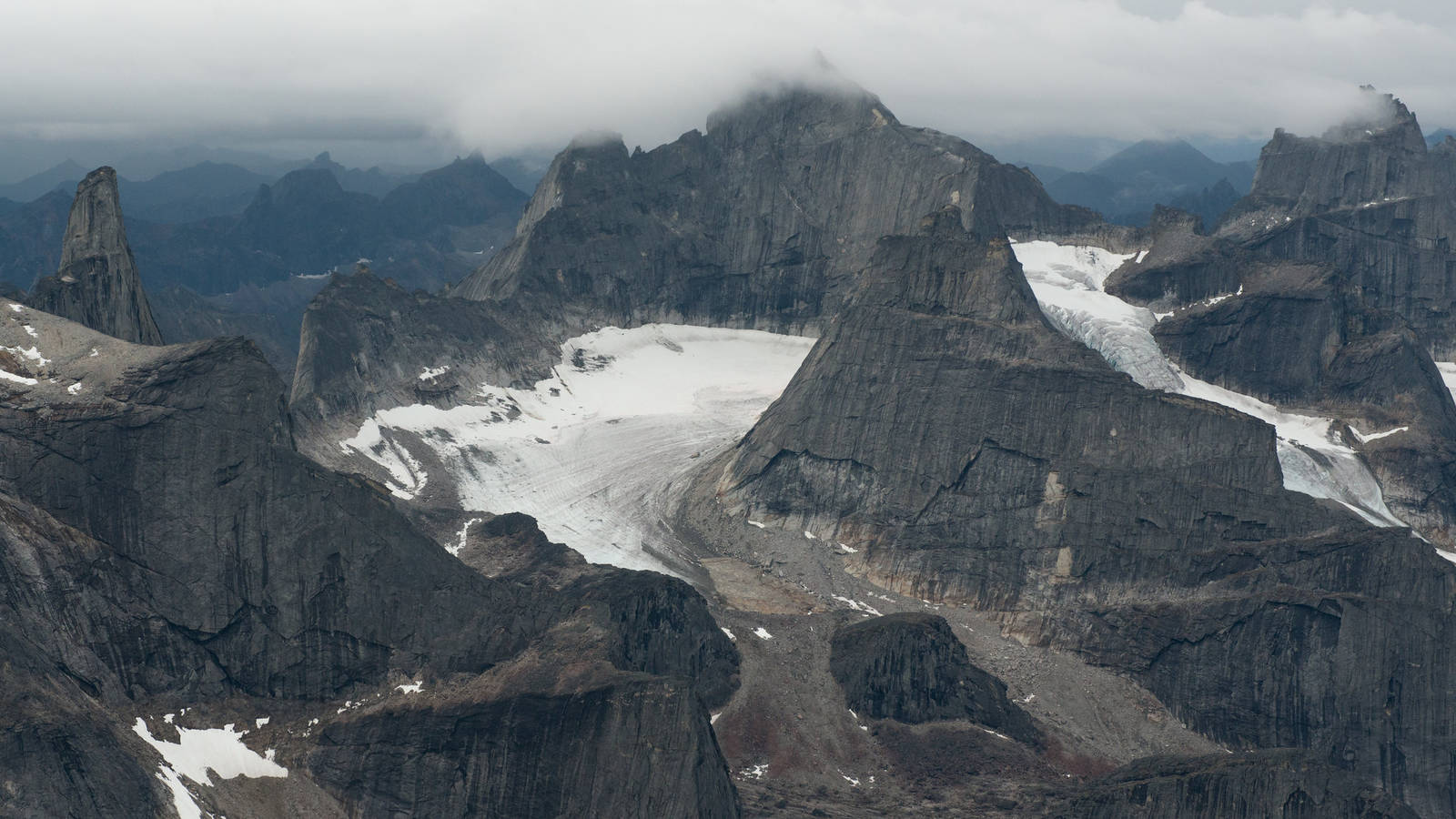
climate impact
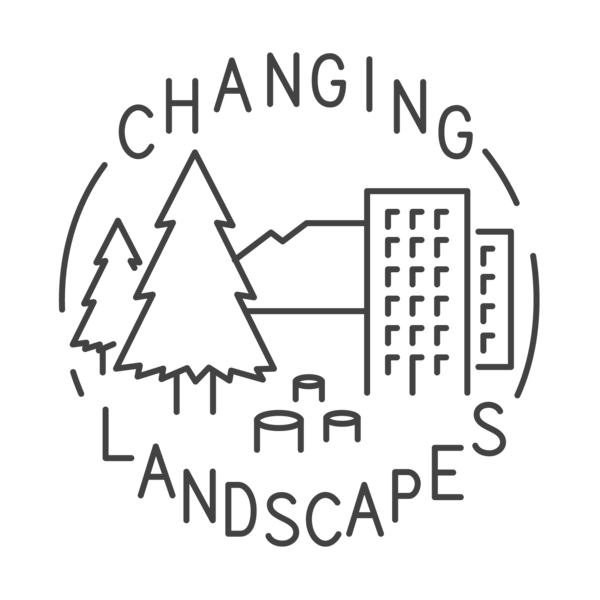
Make a tax-deductible gift today to provide a brighter future for our national parks and the millions of Americans who enjoy them.
Donate Now